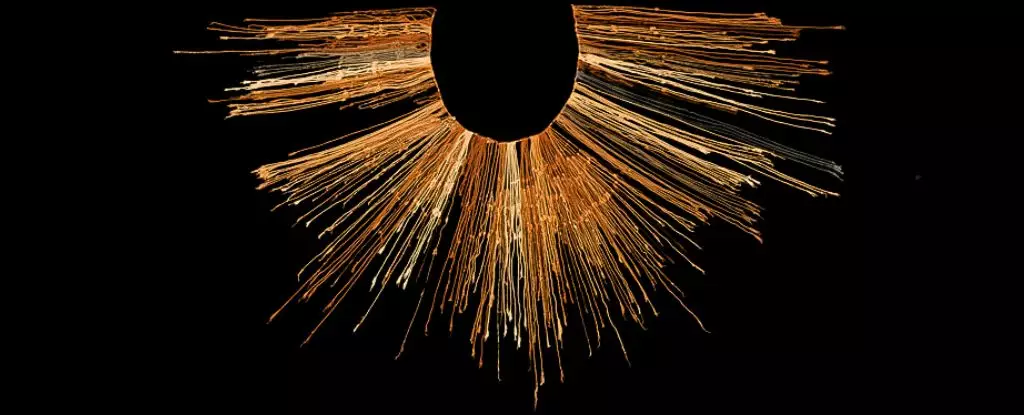For centuries, the Andean civilizations devised innovative means to document their lives, among which the khipu stands out as a remarkable tool. The khipu, often referred to as “quipu,” is a unique assemblage of strings and knots that functioned as a sophisticated recording system in pre-Columbian societies. This ingenious method of communication served mainly the Inca Empire—an expansive civilization that thrived in South America from the early 15th century until the Spanish conquest in the early 16th century. With no written language at their disposal, the Incas depended heavily on these intricate knotted cords to preserve their history, manage resources, and facilitate communication.
Khipus were not mere random assortments of strings; they were meticulously crafted by skilled artisans known as khipukamayuqs. These experts made intentional choices regarding the color, texture, and configuration of the cords. Materials such as cotton and fibers sourced from camelids—including llamas and alpacas—were commonly used. The resulting khipus could be colorfully dyed or remain in their natural state, serving as both practical tools and artistic expressions.
The structure of a khipu varies greatly, with knots serving primarily as numeric symbols. Researchers believe that not all knots indicated numerical values; however, a significant number of them did. Early Spanish chroniclers documented various applications of khipus, noting their use in recording taxes, community tributes, demographic surveys, and inventories of supplies. By studying these historical accounts, modern scholars have begun to unravel the complexity and utility of this ancient system.
A recent study provides a fascinating glimpse into the numerical connections between two historically significant khipus. By examining data derived from findings in northern Chile, researchers focused on the largest known khipu, measuring over five meters in length with more than 1,800 cords, alongside a second, more complex khipu comprising around 600 cords. Both khipus feature distinctive red and white chords that serve as dividers—separating units in groups of tens or sevens.
This analytical approach reveals that the larger khipu likely recorded the collection of food resources, while the smaller, more intricate khipu summarizes and reallocates that data—highlighting the duality of perspectives in resource management. This comparison is groundbreaking as it illustrates how two different representations of the same set of data can coexist within Andean society. This duality serves as a reminder of the immense complexity and the considered choices inherent in the khipu system.
Contemporary research utilizes digital tools to analyze khipus in ways that were simply unattainable in past decades. With the advent of the Open Khipu Repository and the Khipu Field Guide, substantial amounts of data have become accessible for both academic research and public interest. Scholars are now equipped to trace patterns and delve deeper into the purpose behind these mysterious artifacts. The availability of digitized information widens the scope for uncovering additional secrets of the khipu and, by extension, the societies that produced them.
Despite the wealth of information that khipus may hold, it is important to acknowledge that only a fraction of these historical records have survived. Scholars estimate that approximately 1,600 khipus remain, predominantly housed in collections in the Americas and Europe. Unfortunately, fewer than half of these have been cataloged and digitized. The obstacles faced in preservation and documentation can be attributed to the unfortunate neglect of khipus following the Spanish conquest and the environmental conditions unsuitable for textile conservation.
The intricate world of the khipu offers a compelling narrative about the resource management and cultural practices of the Andean civilizations. As researchers continue to investigate khipus, the knowledge gleaned promises to enrich our understanding of ancient societies and their methodologies. The connection between khipus reveals not only a framework for record-keeping but also a way of thinking that encompassed dual perspectives on resource management. Moving forward, the academic community aims to further enhance the digitization efforts surrounding these artifacts, paving the way for deeper explorations of the numeric and cultural legacies left by the Andean peoples. Each new discovery holds the potential to unearth invaluable insights into the complexities of human society across time.


Leave a Reply